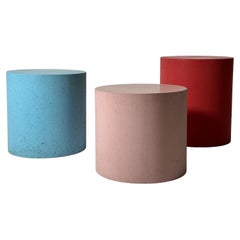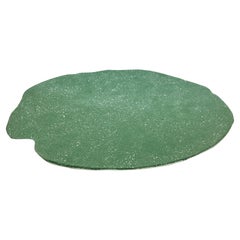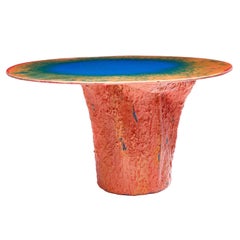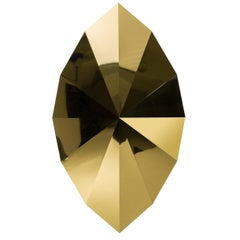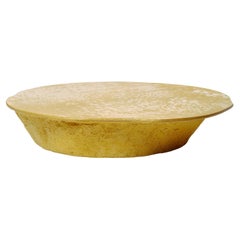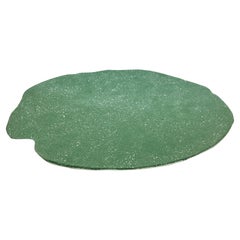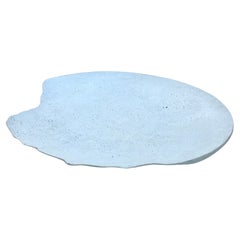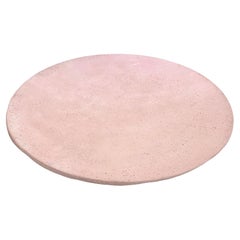Giovanni Minelli
Giovanni Minelli was born in Bergamo, on the 15th of December 1976. During his studies at Art School in Brera, he attended the industrial design courses together with D. Boriani and Roberto Semprini. The first projects born during this forming period, they place themselves between art objects and industrial design, unique pieces, which will be soon inserted in the circuit of the contemporary art galleries. He is invited to important exhibitions and presentations of the sector. This process inserts him quickly in the emergent art design brand, calling attention to himself and coming nearer to the emergent Italian design companies. Furthermore, when he was very young, he created unique pieces and installations for contemporary art events and was invited, together with other important Italian designers at the project “The Italian design for Unicef," which was exhibited during the inauguration of the Italian museum of design in Milano (in the occasion of the triennial fair). In his works, he united his artistic origins with technologies and researches typical of industrial design.
| Styles |
| Materials |
| Related Creators |
2010s Italian Modern Giovanni Minelli
Fiberglass
2010s Italian Minimalist Giovanni Minelli
Resin, Fiberglass, Paint
2010s Italian Modern Giovanni Minelli
Fiberglass
2010s Italian Modern Giovanni Minelli
Brass
2010s Italian Organic Modern Giovanni Minelli
Resin, Fiberglass
2010s Italian Minimalist Giovanni Minelli
Resin, Fiberglass, Paint
2010s Italian Minimalist Giovanni Minelli
Resin, Fiberglass, Paint
2010s Italian Minimalist Giovanni Minelli
Resin, Fiberglass, Paint
